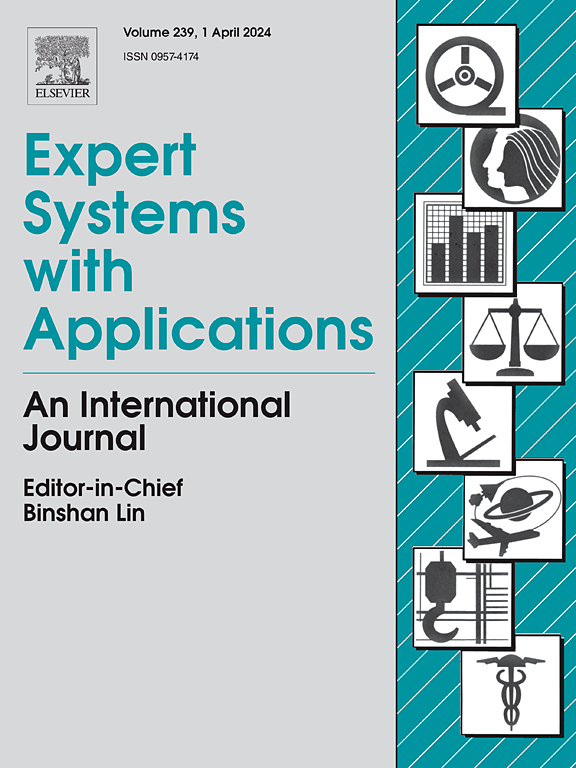Selective Guidance Network with edge and texture awareness for polyp segmentation
IF 7.5
1区 计算机科学
Q1 COMPUTER SCIENCE, ARTIFICIAL INTELLIGENCE
引用次数: 0
Abstract
Colorectal polyp segmentation plays a crucial role in preventing colorectal cancer through colonoscopic image screening. However, most existing methods overlook uncertain regions in colonoscopic images, particularly the blurred boundary areas where polyps closely resemble colon fold structures. To address this challenge, we propose the Selective Guidance Network with edge and texture awareness for polyp segmentation (SGNet). SGNet consists of three essential modules, namely the Edge and Texture Awareness Module (ETAM), the Prior Enhancement Module (PEM), and the Hierarchical Feature Fusion Module (HFFM). ETAM integrates Laplacian operators with spatial attention mechanisms to enhance feature perception, allowing for precise extraction of polyp boundaries and adaptive amplification of texture patterns. PEM strengthens multi-scale contextual perception through dilated convolutions while refining backbone features through dual prior-driven feature rectification. HFFM employs multi-level attention gating to achieve cross-scale feature integration while effectively combining low-level edge cues with high-level semantic representations. Experimental results on five public datasets demonstrate that SGNet outperforms 16 state-of-the-art methods across six evaluation metrics, highlighting its superior segmentation performance and robustness.
基于边缘和纹理感知的息肉分割选择制导网络
结肠镜影像筛查对结肠息肉的分割在预防结直肠癌中起着至关重要的作用。然而,大多数现有方法忽略了结肠镜图像中的不确定区域,特别是息肉与结肠褶皱结构非常相似的模糊边界区域。为了解决这一挑战,我们提出了具有边缘和纹理感知的息肉分割选择性指导网络(SGNet)。SGNet由三个基本模块组成,即边缘和纹理感知模块(ETAM)、先验增强模块(PEM)和分层特征融合模块(HFFM)。ETAM将拉普拉斯算子与空间注意机制相结合,增强特征感知,实现了息肉边界的精确提取和纹理模式的自适应放大。PEM通过扩展卷积增强多尺度上下文感知,同时通过双先验驱动的特征校正来精炼主干特征。HFFM采用多级注意门控实现跨尺度特征集成,同时有效地将低级边缘线索与高级语义表示相结合。在5个公共数据集上的实验结果表明,SGNet在6个评估指标上优于16种最先进的方法,突出了其优越的分割性能和鲁棒性。
本文章由计算机程序翻译,如有差异,请以英文原文为准。
求助全文
约1分钟内获得全文
求助全文
来源期刊

Expert Systems with Applications
工程技术-工程:电子与电气
CiteScore
13.80
自引率
10.60%
发文量
2045
审稿时长
8.7 months
期刊介绍:
Expert Systems With Applications is an international journal dedicated to the exchange of information on expert and intelligent systems used globally in industry, government, and universities. The journal emphasizes original papers covering the design, development, testing, implementation, and management of these systems, offering practical guidelines. It spans various sectors such as finance, engineering, marketing, law, project management, information management, medicine, and more. The journal also welcomes papers on multi-agent systems, knowledge management, neural networks, knowledge discovery, data mining, and other related areas, excluding applications to military/defense systems.
 求助内容:
求助内容: 应助结果提醒方式:
应助结果提醒方式:


